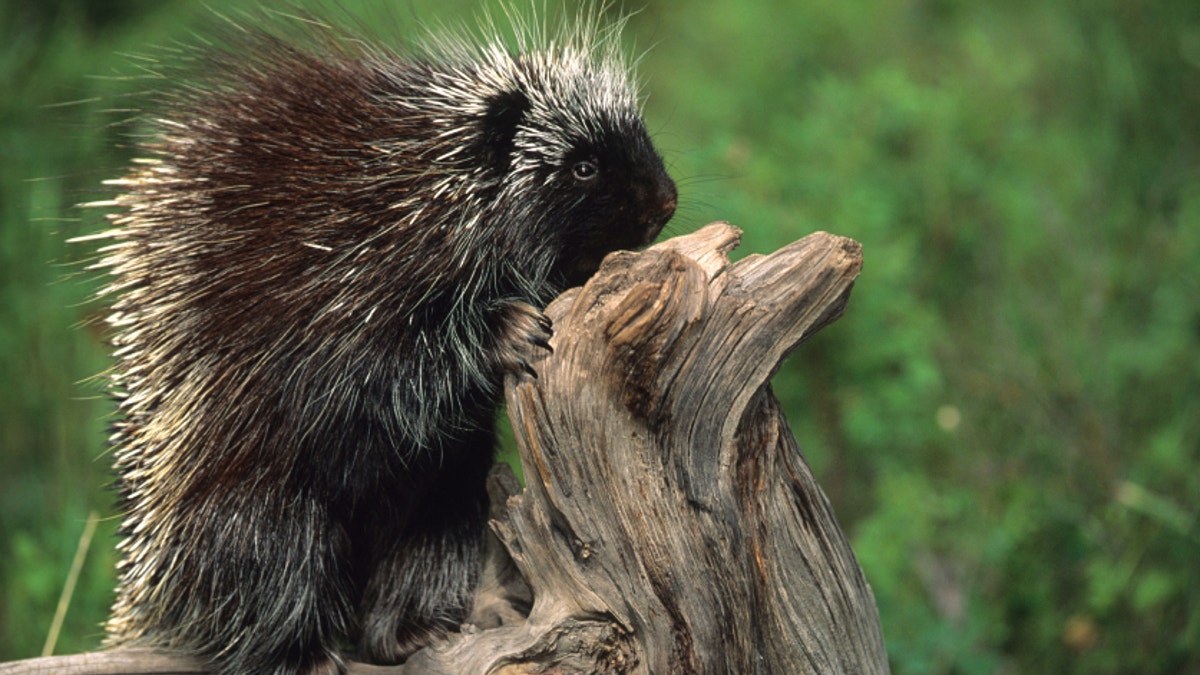
Porcupines may be animals many people try to avoid, but medical researchers have recently become interested in studying the spiked creature – more specifically, studying the porcupine’s quills.
Researchers from both the Massachusetts Institute of Technology (MIT) and Brigham and Women’s Hospital in Boston detailed their work emulating porcupine quills, in an attempt to create new medical adhesives, needles and more, Medical News Today reported. The paper was published in the Proceedings of the National Academy of Sciencies (PNAS).
The scientists took inspiration from the quill of the North American porcupine. Harboring a four-millimeter tip covered in microscopic barbs, the quill is extremely difficult to remove once it punctures an animal’s skin.
Hoping to harness the quill’s ease of entry and difficulty to remove, the researchers created mechanical devices that emulated the quill’s mechanisms. For example, the quill’s ability to puncture the skin easily could lead to more efficient and less painful shots, while it’s trickiness to remove could lead to better medical adhesives.
Upon examination of the quills after they had penetrated the skin, they found that the quills with barbs need 60 to 70 percent less force to penetrate the muscle than quills without barbs, which allow the quill to tear more easily through the tissue fibers. The barbs are also responsible for keeping the quills in place – acting as anchors in the muscle tissue.
After creating medical adhesives using barbs on one side, the researchers found they had to apply 30 times more energy to remove the adhesive than regular adhesives without barbs.
According to Medical News Today, the research can greatly aid the medical world – which is in need of better medical adhesives for procedures such as gastric bypass surgery.




















